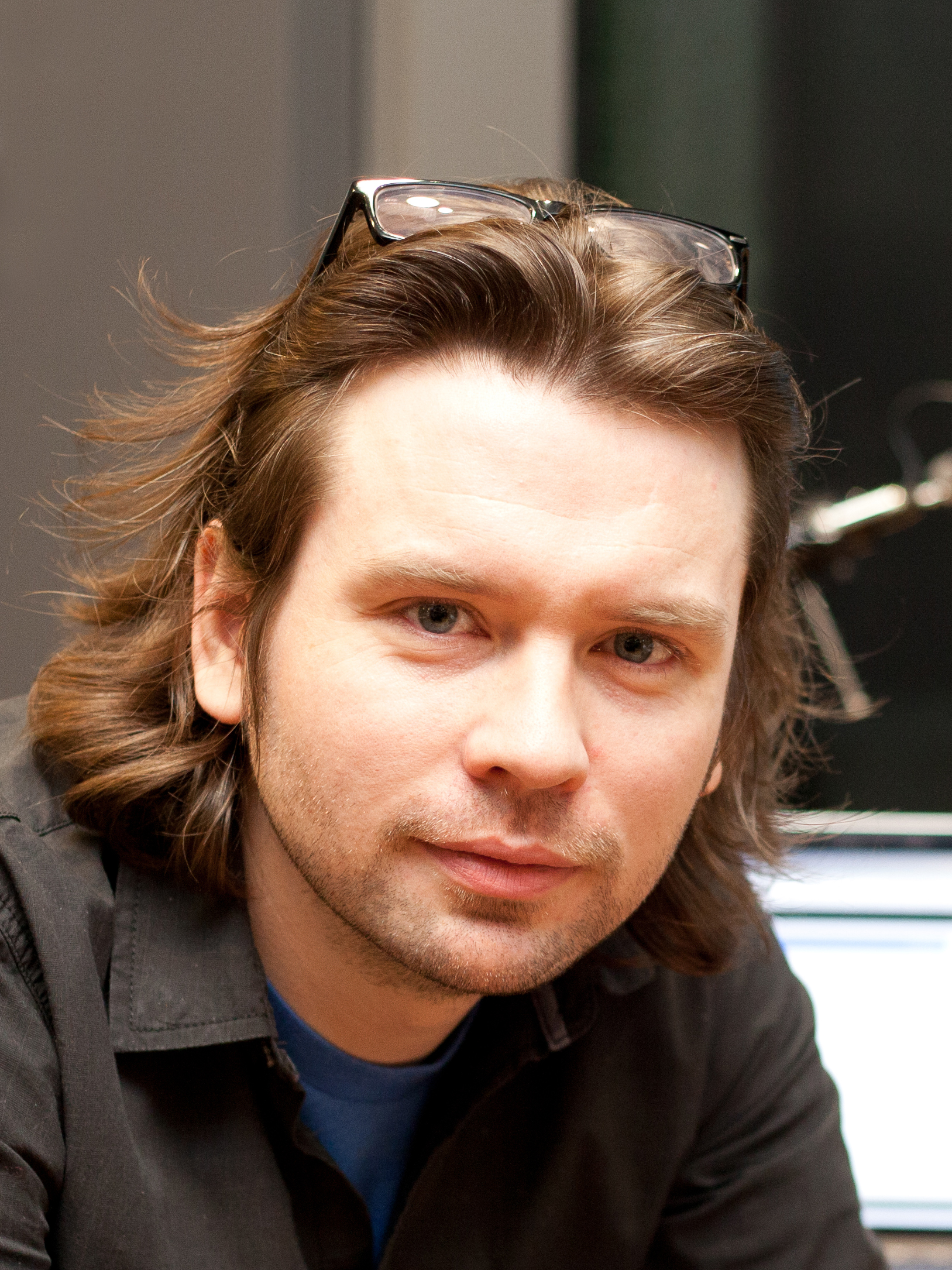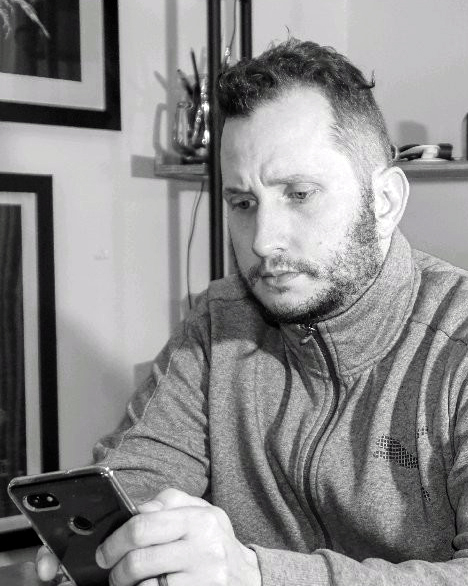
Interview with Patrick Charlton, CEO of Buzz Radar, a social media intelligence company in the UK.
Hi Patrick, what is your background and what is included in your current role at Buzz Radar?
I used to be a racing driver, which was a lot of fun when I was 20, but I crashed too much and ended up having to go to university, where I did computing and management but became obsessed with everything to do with radio. I talked my way into a job at the BBC and ended up on BBC Radio 4 and was put on a show called Loose Ends. My job was to book all of the talent for the show, which gave me a lot useful contacts and I became well known with music bookers.
Then in 2007/2008, using those contacts, I created an online music TV show. Rather than having judges on it, the rankings were determined by an algorithm that I built with some friends that looked at MySpace comments and views, a bit of Twitter, YouTube plays and stuff like that. We created this thing called the Buzz Chart, which is where Buzz Radar came from.
I ended up selling the technology and format to Red Bull and then found myself without a job, so I became the head of production for a social media agency called 1000Heads. There I became global lead for Nokia and Skype’s early social media efforts, so we were spending loads of money doing really cool things and our job was to measure it to see how effective it was. There was really only one tool to measure that. It was super clunky and we needed something a lot more visual for marketers to get their heads round, so we built Nokia a custom command centre, and it was so popular and went down so well that lots of other agencies started asking for it.
From that I started Buzz Radar. We built our first command centre for Marks and Spencer’s and we ended up, very quickly, working for Nike, Samsung, Sony, Twitter, doing a lot of really cool social media real-time data visualisation.
In 2014 we were one of the first companies that Google Ventures Europe approached, but we’ve always been very keen on using the revenue we generate from customers to grow and develop. We keep things deliberately compact and efficient. We work with 75 really interesting companies and my role as CEO is empowering our team of about 15 people to do really awesome work and solve really difficult problems for our clients that other people struggle with.
What differ Buzz Radar from other social media intelligence companies?
99% of social media listening tools are designed for analysts to extract insight out of to write reports. Buzz Radar started to create a real-time listening platform that was very visual, and rather than working with engineers and data scientists, we worked with graphic designers and marketers and really looked at the problem of ‘what are the things that need to be understood by the C-suite immediately’.
We made that super visual and super easy to understand. Our job is to create digital transformation by making the visual side of insights very engaging and wake up a wider audience inside organisations, to solve much more tangible real-world problems.
What are your greatest challenges ahead at Buzz Radar, when it comes to serving your customers media intelligence and develop your offer?
The change of mindset around privacy will be a big challenge for us, especially the way that customers and social media networks are slowing the flow of data down since the Cambridge Analytica scandal. We need to think how to provide useful information while staying inside and being compliant with GDPR and how do we create a morally correct but useful service.
Generally the challenges remain the same. Having the intelligence is really great but what do you do with it? How do you turn it into actionable insight and getting people to focus on the technology, the people and the process? How do we empower organisations to do useful things with insights and social listening?
Have you recently released any new technology-based solutions that will add to or improve services you offer your clients?
At the moment we’ve recently launched AI Audience Analysis. That’s where we’re psychometrically profiling audiences on Reddit, Twitter, Instagram - anywhere there’s publicly available info on a person. If they talk about a brand or product we’ll look at all their posts and profile them - within GDPR limitations.
We can take a social media profile and break it down into 50 different personality components and get an incredibly accurate read on a person or a group. That allows us to create much, much better content strategy, because we can compare it with the content that’s being published by a brand, so we can figure out how well that content is resonating, or will resonate. So that’s an incredibly powerful piece of technology.
Can you give an example of a client of yours that have used audience intelligence with great result?
One of our big problems, historically, is being tied to stringent NDAs but I can talk about a pharmaceutical company in the HIV / AIDS medication space. They wanted to understand the HIV treatment audience.
One of the jobs was to use AI Audience Analysis to understand how many healthcare professionals were out there who were forward thinking innovators. We managed to identify a group of early adopters and look at their other key personality traits to help them develop a campaign that targeted that audience.
The other part looked at patients and understood what a big focus was for patients. What that allowed us to do was to give the data to them, so they can go to senior management and say ‘this isn’t what we think, it’s what we know’. That gave them the authority and agency to go and change some of the core content strategy for the brand.
We were able to take the company from fourth largest brand, socially, in the market to the number one. We really transformed them by creating these audience insights, profile the audience, and understand what content will resonate with the audience.
When it comes to the actual data behind the social media intelligence you do, what kind of data or media not currently used can be interesting in the future?
We only just started with Reddit, and we want to get into more specialist, niche, databases. One of the cool things about Buzz Radar is we develop functionality specifically for individual clients if they need it, so for example if they wanted us to integrate to a new network or create a new visualisation, our team will go to build them if we can’t within our existing platform. That gives us the ability to look for different data sources and plug them in quickly for new projects or proof of concepts.
How do you think the social media intelligence industry will change in the next 5 years, and what are the greatest challenges ahead?
There’s been a huge amount of consolidation in the industry and there are a few big players. Some of those big players have oversold and underdelivered, and there’s been a much too large focus on technology rather than people, process and technology. What that’s done is create a fatigue in the industry from marketers to social listening, but to technology in general. Frankly we spend a lot of our time picking up the pieces from the bigger companies who oversell and underdeliver.
What we see happening now is a move away, as the industry matures and the marketers mature with the tech, we see a much smaller focus on the tech and a much bigger focus on what can be realistically delivered, what actionable insights there are.
I think the industry will be more important. As GDPR clamps down on cookies, cookie technology and ad tech, looking for data in other places will be more important. We’re seeing marketers move away from expecting tools to be magic bullets and I’m hearing less stupid words like compumagical.
There’ll be more focus on the human element. As AI does more heavy lifting, it’ll give analysts and experts more headroom and space to get out of PowerPoint and spreadsheets and move towards finding insight, actions and recommendations.
By Russell Hughes


